If you are from Pain therapy when speaking, this usually means all medical measures that initiate a reduction in the feeling of pain. In the case of chronic pain, the term of the Pain management used.
What is pain management?

Pain is a signal from the body. It shows us that something is not working properly in the body and forces us to take care of the painful part or organ so that it has the opportunity to regenerate and heal.
A distinction is made between acute and chronic pain. Accordingly, acute pain is treated differently than chronic pain.
While chronic pain requires long-term therapy, the acute moment of pain must be seen as an emergency and may require short-term high-dose medication.
In addition to drug therapy, there are numerous options for treating and relieving pain. All of these forms of alleviating various types of pain are called in medicine Pain therapy.
Function, effect & goals
One of the most effective immediate measures for a lot of pain is heat therapy, i.e. the use of warming aids, for example a hot water bottle, heat plasters, cherry stone or spelled pillows.
Baths can also relieve pain and are used successfully in obstetrics, among other things, to ease painful contractions for the woman giving birth. The warmth has a beneficial effect and alleviates light to moderate pain in the relevant area. In addition, warmth relaxes and can relieve tension in the musculoskeletal system.
In individual cases, movement can also relieve pain. Cycling, for example, builds up cartilage and can help against knee problems. In the case of pain in the musculoskeletal system, targeted physical activity tailored to the pain has proven itself, especially the muscle building relieves the skeleton and can thus alleviate pain.
In general, exercise leads to the release of dopamine and other neurotransmitters, which have a mood-enhancing and thus pain-relieving effect.
It has also been observed that the psychological or psychosocial component in the treatment of pain plays a role that should not be underestimated. Those who are happy generally feel less pain. Happiness hormones (endorphins) act like the body's own morphine and calm the suffering.
In addition, in a happy moment, a person does not unnecessarily focus on their pain. For this reason, forms of occupational therapy are often indicated, especially for chronic pain. Just maintaining social contacts and being with friends and family can alleviate pain. In institutions such as nursing homes and in palliative medicine, occupational therapy such as sitting dance, discussion groups or similar so-called activation measures are also offered.
If none of the methods already mentioned help, then drug therapy for pain ultimately remains. Since pain can be of different nature, besides the pain-relieving measure, it is important to find out the cause of the pain (causal therapy) and eliminate it if possible. A purely analgesic treatment usually does not help in the long term. In drug therapy, a distinction is made between local and systemic forms of therapy.
This means that a drug can either be applied locally or the pain in the body, e.g. B. by means of a tablet or an injection can be breastfed. We are all familiar with "light" pain relievers such as ASA (acetylsalicylic acid), paracetamol or ibuprofen. These remedies can be taken as self-medication in acute painful conditions, but should not be taken permanently without medical supervision.
You can find your medication here
➔ Medicines for painSide effects, risks & dangers
They also have side effects and can lead to dependence if taken for a long time. In some forms of treatment for chronic pain, there is now also a move towards giving the patient mood enhancers, since - to put it simply - the pain is then "less of a concern" to the patient, which of course does not mean that the practitioner does not take his patient's pain seriously .
Finally, morphine preparations are also used. However, these remedies are only used in the most severe pain conditions, such as in cancer therapy or advanced rheumatic diseases, as they can be addictive and in the worst case can have a life-shortening effect.
The prescription of morphine preparations falls under the Narcotics Act. Precise documentation and use under medical supervision are therefore essential. In pain therapy, what is allowed is what is good and subjectively alleviates. There is basically no patent recipe for the treatment and elimination of pain. The patient decides which measures will provide relief and what will contribute to his well-being.

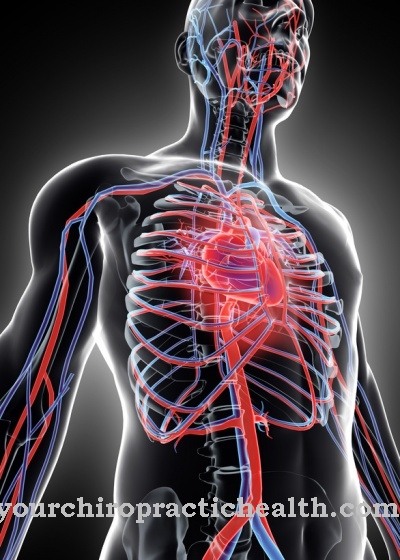
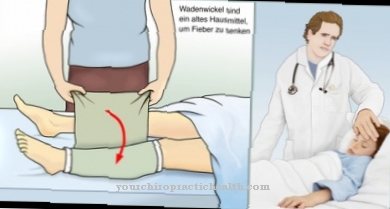
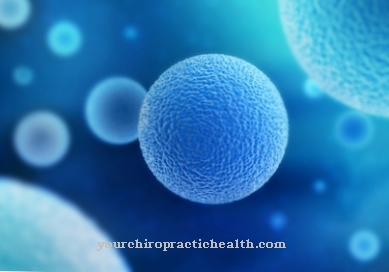
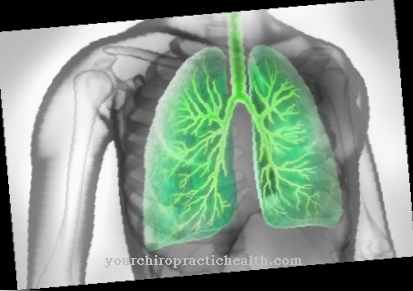

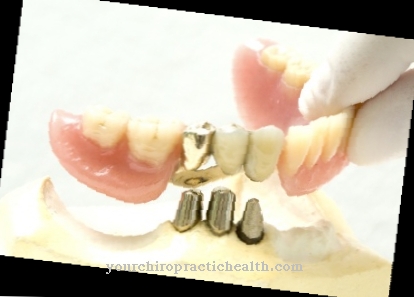






.jpg)

.jpg)
.jpg)











.jpg)